While under stay-at-home order in Florida, Miami artist Meg Wallace provides a story of hope through her art.
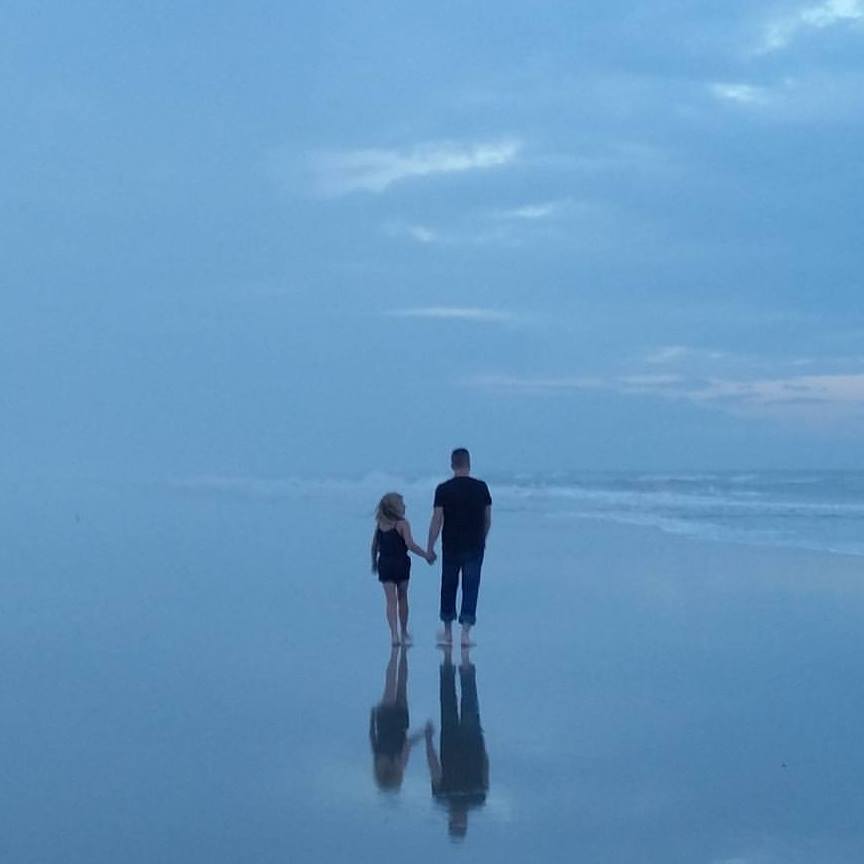

While under stay-at-home order in Florida, Miami artist Meg Wallace provides a story of hope through her art.

Fast and easy recipe for chocolate chip cookies and the history of this favorite sweet treat. Plus, while staying at home, life seems to be crumbling apart, I’ve added links to some crisis hotlines and mental health resources.

While under at stay-at-home order, here’s a fast, easy and nutritious breakfast for the whole family.
Some photo highlights of a lunch with Chiara Soldati, owner of La Scolca winery in Piemonte, Italy.
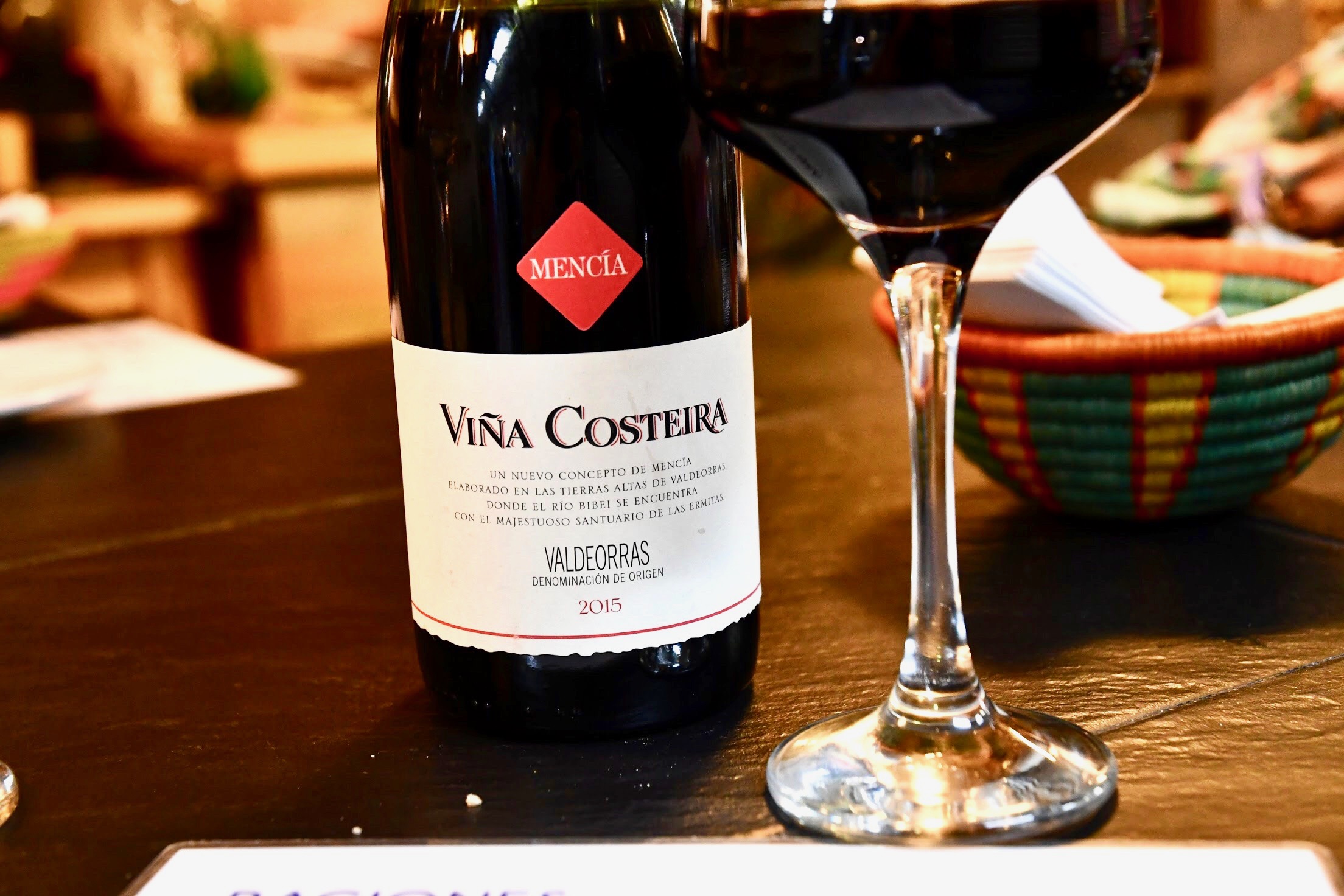
It’s #FoodieFriday and what better way to recover from the post-vacay blues than to indulge in a tasty flashback? I intentionally planned a late morning arrival time in Madrid, so I could…
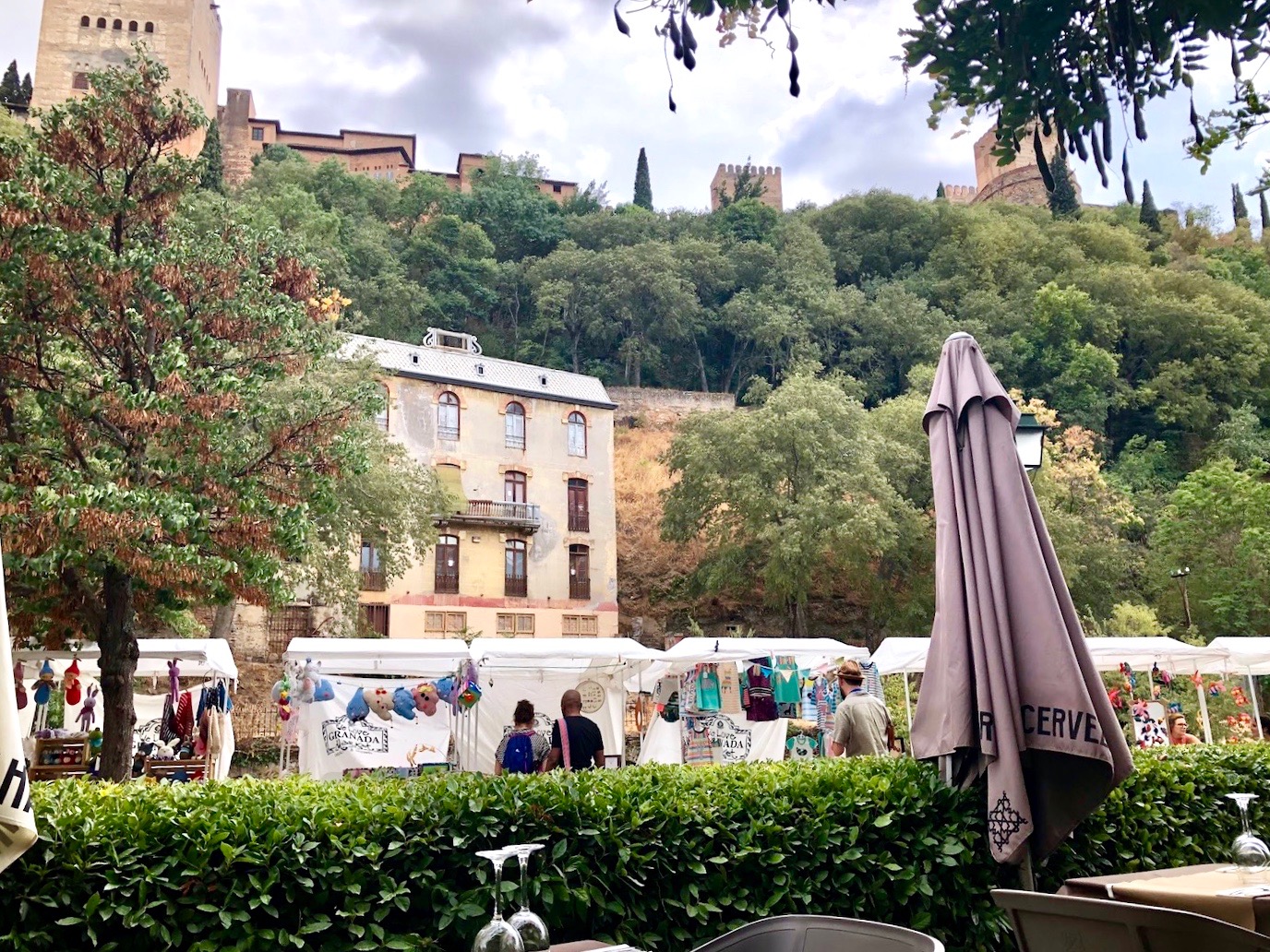
I’m back from Spain and what better way to celebrate Wine Wednesday than with an authentic Spanish food and wine pairing? Unlike Madrid, it was a challenge to find a good selection…
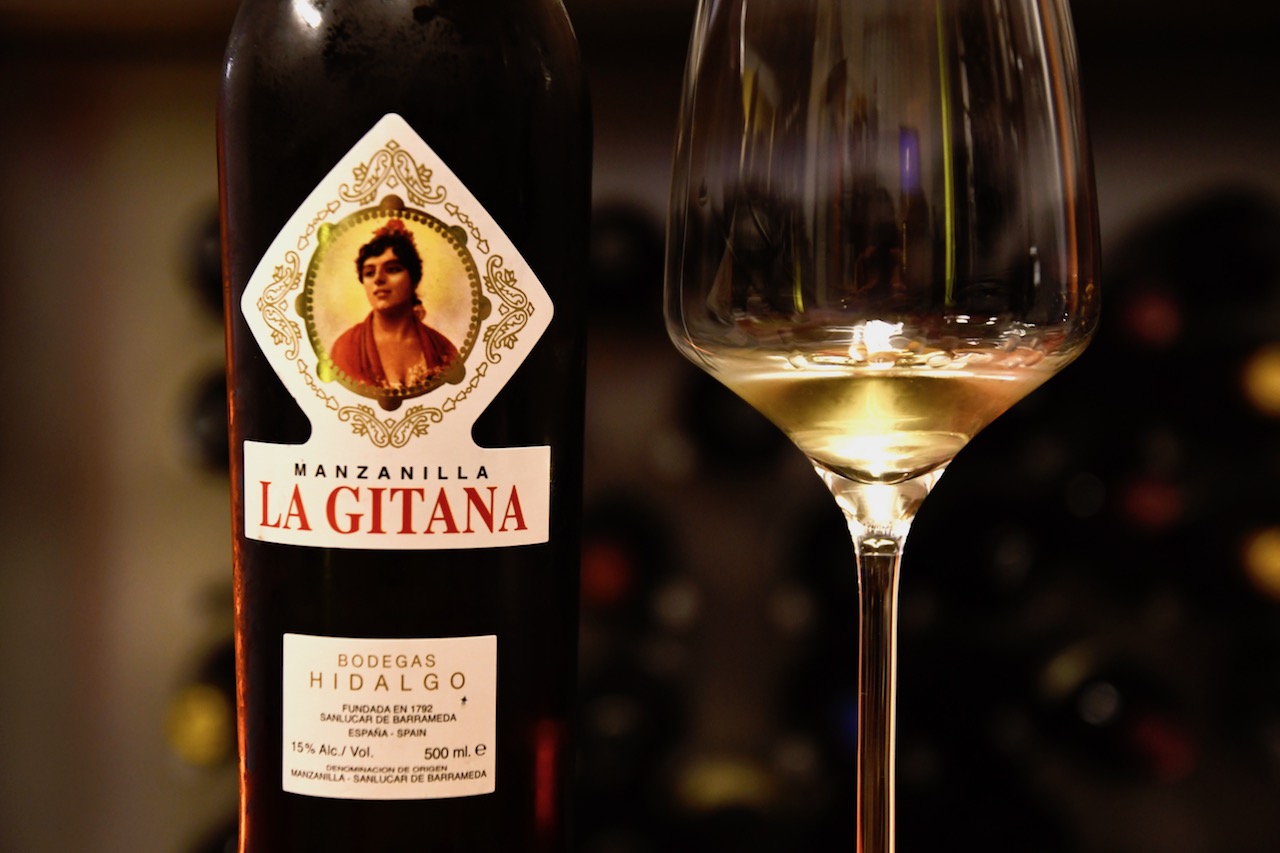
If you’ve read my last post, you’ll know that I’m still working on Chapter 11, Spain. Studying has been quite the “journey.” Yes, I can read, but am I reading with understanding…
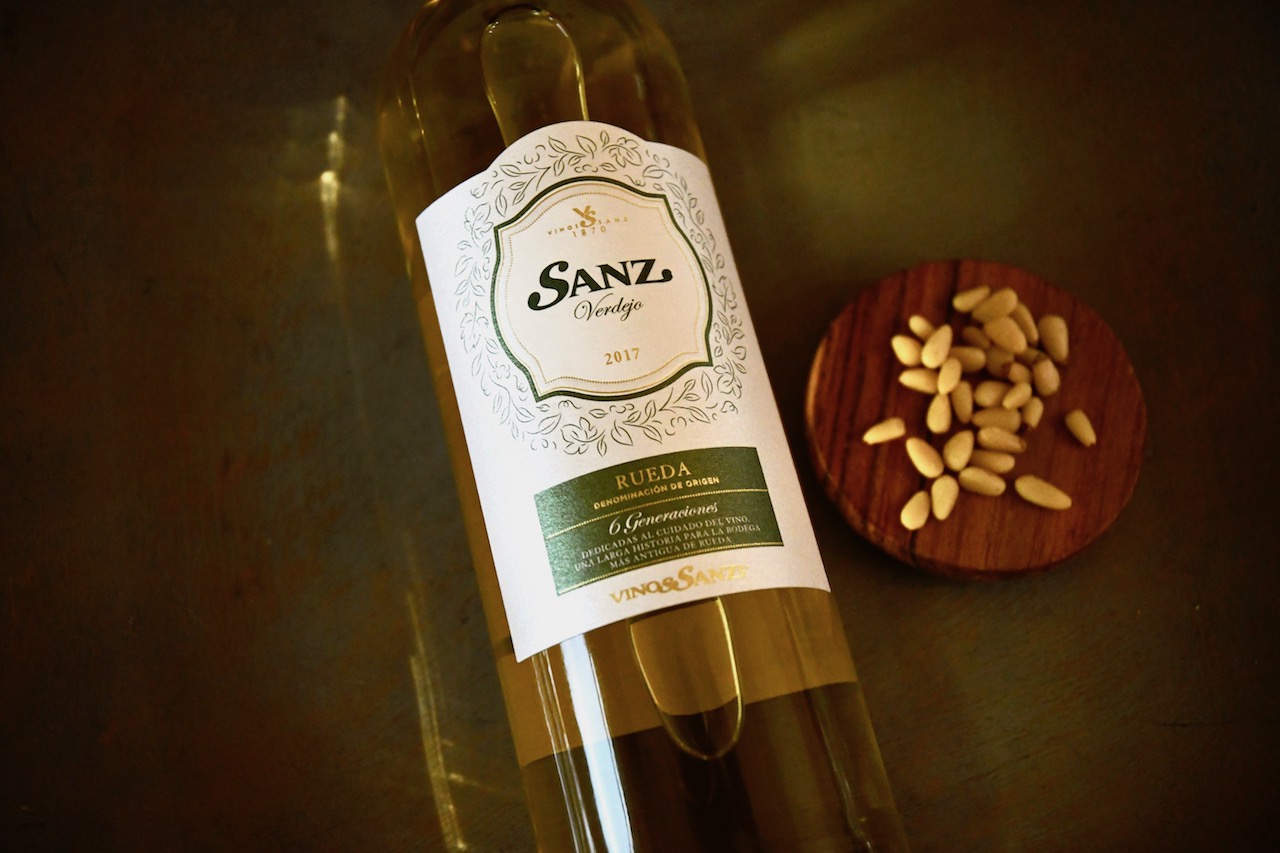
If you’ve been following my Blog or are connected with me on social (@AllegoryPR #MyArtEscape,) you’ll know that I’m slowly making my way through the Society of Wine Educators (SWE) Certified Specialist…
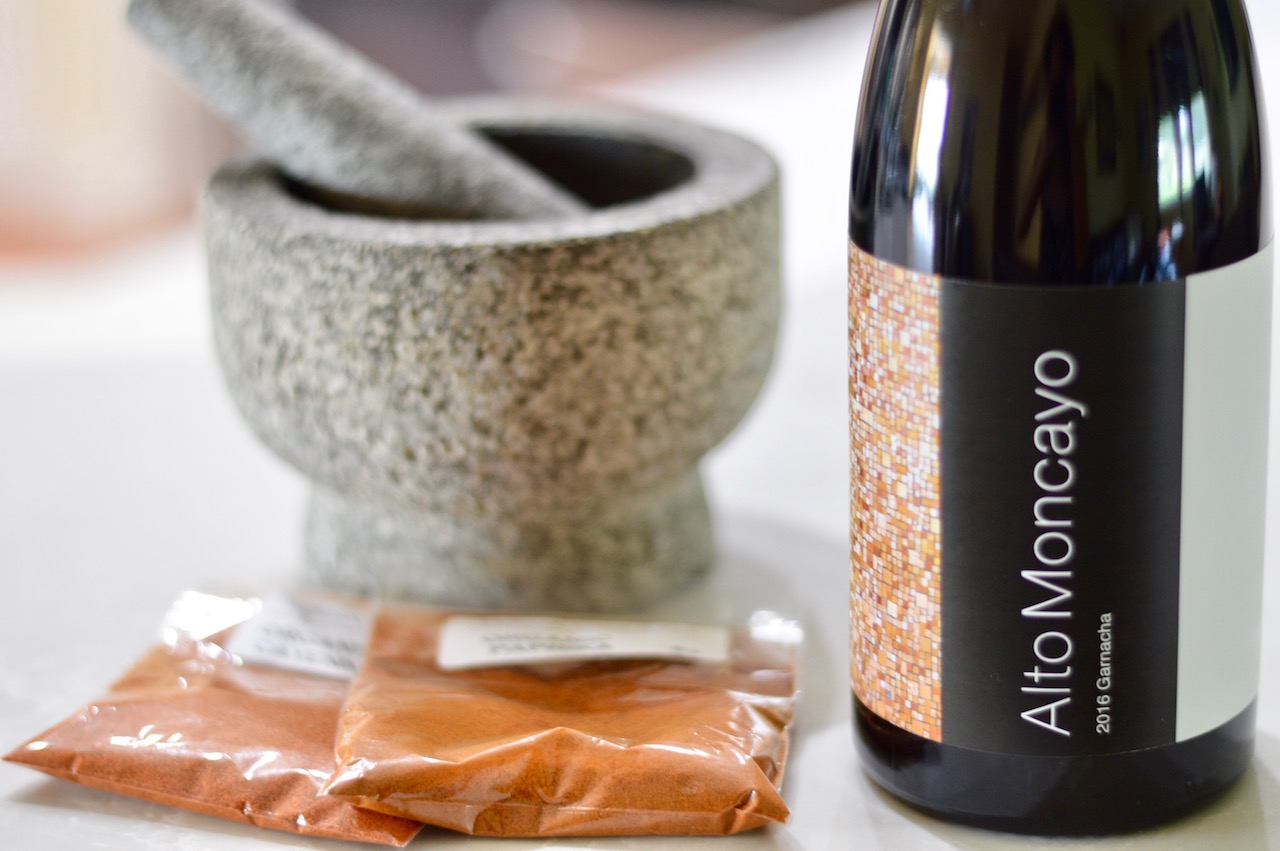
Once again, I’m taking #MyArtEscape overseas! What better way to prepare for a trip to Spain than to dive into the pot and uncork some knowledge? Ole! I’m not sure which came…